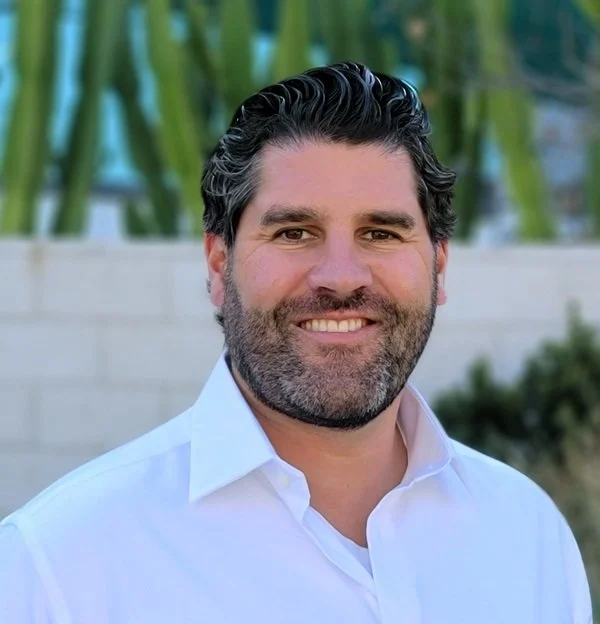
DNA Synthesizer Leasing for Labs
Lease the DNA synthesizer that fits your workflow. Synthesize oligonucleotides efficiently—without tying up your budget.
What Is DNA Synthesis?
DNA synthesis refers to the automated construction of DNA strands, including oligonucleotides and gene fragments, for use in cloning, synthetic biology, diagnostics, and therapeutics. It underpins a wide range of biological research and commercial applications, from PCR prep and CRISPR editing to gene therapy and vaccine development.
Why Lease DNA Synthesis Equipment?
DNA synthesis technology is fundamental to modern biology—powering everything from CRISPR applications and gene editing to mRNA development and protein engineering. But synthesis platforms that offer high accuracy, customization, and speed can be costly to acquire.
Leasing helps you access cutting-edge tools without the burden of capital expenses. It’s an ideal option for synthetic biology startups, academic labs, and high-throughput biofoundries looking to scale efficiently. With flexible lease terms and upgrade options, you can keep pace with innovation and increase capacity without long-term financial constraints.
Where Leasing a DNA Synthesizer Adds Value
DNA synthesizers enable rapid, on-demand oligo production for cloning, qPCR, gene editing, and more—but advanced platforms with multiple channels, purification modules, and high-throughput capability can require major upfront investment.
Leasing is ideal when:
- You're expanding synthetic biology or molecular assay development and need reliable oligo synthesis without the capital burden.
- Your workflows demand fast turnaround and in-house control, but purchasing limits your flexibility.
- You want access to the latest synthesis tech without long-term ownership constraints.
Whether you're developing assays or building genetic constructs, leasing a DNA synthesizer supports speed, precision, and financial agility.
Why Teams Lease with Excedr

Founder-friendly, non-dilutive capital
Ideal for early-stage or venture-backed teams—and a smart option for any lab looking to preserve equity while scaling.
Flexibility on equipment choice
No inventory limitations. You choose the system that fits your workflow—we handle the financing.
Lease terms aligned with your growth
2–5 year terms that support your budget, equipment lifecycle, and scaling timeline.
Quick approvals, flexible terms
Get approved in days—not weeks—with no collateral, IP pledges, or debt covenants required.
White-glove service & procurement
Equipment sourcing, vendor coordination, and lease logistics are streamlined to reduce your team’s internal workload.
Reliable support when it matters
Our vendor relationships help resolve issues quickly—so you stay productive and hit key milestones.
Leasing Solutions We Provide

Operating Leases
Treat lease payments as operating expenses, not debt. This simplifies accounting and preserves flexibility.

Sale Lease-Backs
Convert owned equipment into working capital. Keep it off your balance sheet and treat payments as operating expenses.
Popular DNA Synthesizer Manufacturers



























Straightforward Application Process

Tell Us What You Need
Already have a quote or PO? Just let us know the equipment you want to lease—we’ll take it from there.

Get Approved Quickly
Our in-house underwriting team reviews your financials fast—no outsourcing, no red tape—so you get a decision in days, not weeks.

We Handle the Rest
We handle the logistics and coordinate with the vendor so you can get to work—no upfront capital required.
Helping Scientists Scale & Succeed
Frequently Asked Questions
Lease Your Next DNA Synthesizer & Accelerate R&D
Don’t let capital constraints limit your lab’s DNA synthesis capabilities. Our leasing program is designed to remove friction from equipment procurement so you can stay focused on producing accurate, reliable results.












